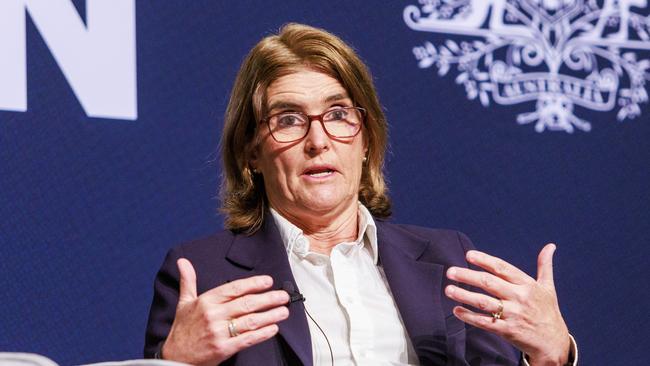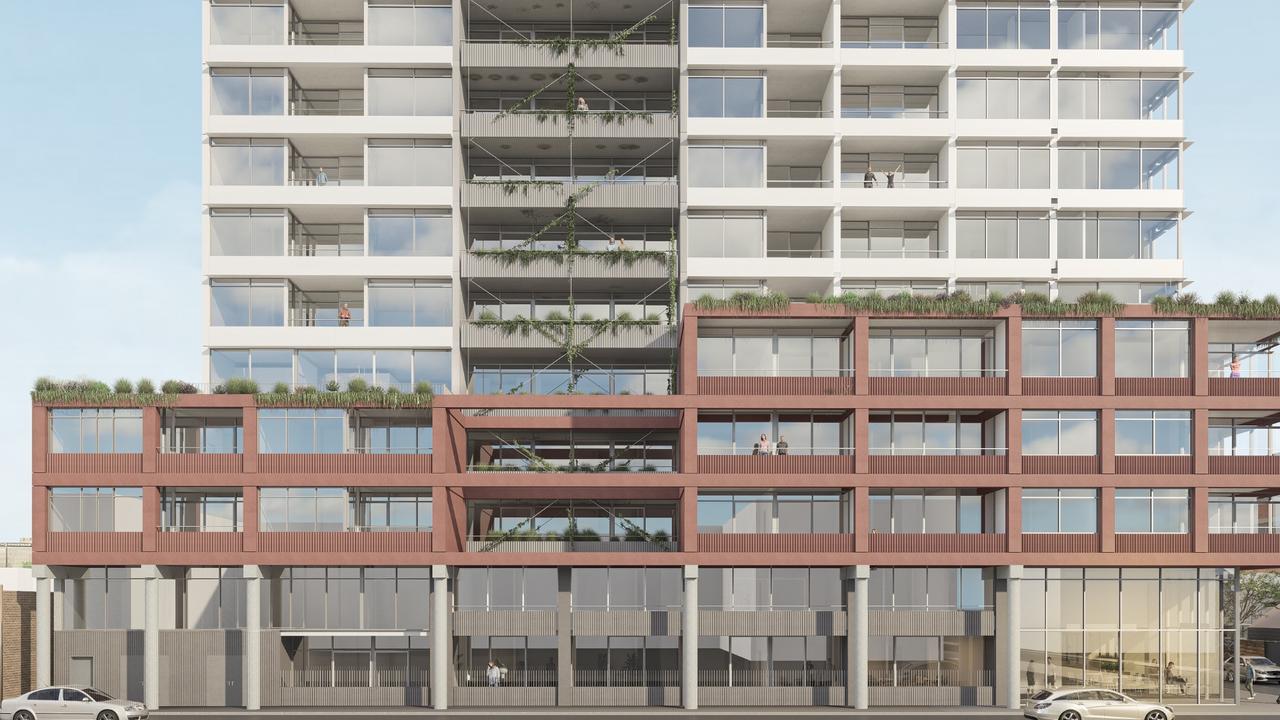Rate rises to be kept on the RBA’s agenda
RBA emphasis on inflation reinforces economists’ expectations that if it were to move interest rates in the coming months, the direction would be upwards.

The Reserve Bank’s emphasis on inflation risks is reinforcing expectations among economists that if the bank were to move interest rates again in the coming months, it’s much more likely to lift them.
Minutes from the RBA’s November board meeting were consistent with governor Michelle Bullock’s post-meeting statement and the RBA’s more detailed Statement on Monetary Policy which said that inflation is “still too high and is proving more persistent than expected a few months ago”.
While repeating post-meeting guidance that “whether further tightening of monetary policy is required” will depend on economic data and the RBA’s assessment of risks, the minutes said its forecasts of inflation falling to the top of the 2-3 per cent target band in late 2025 assume “one or two” more rate increases (one came this month) in the coming quarters, and an assumption that productivity growth would recover, thereby lowering “very high” unit labour costs.
Unlike the disinflation that has already occurred, mostly because pandemic-era supply shocks have faded, lowering inflation from here will “require growth in aggregate demand to remain subdued”.
The RBA’s liaison with firms found a moderation in wages growth in some jobs and industries like business services and construction, where wages growth had been especially strong in the past.
But there was “clear evidence” that Australia’s “quite brisk” services price inflation was due to domestically generated pressures associated with aggregate demand exceeding aggregate supply.

Of potentially greater concern, this “strength in demand” – which has occurred despite an extremely rapid lift in the cash rate from 0.1 per cent to 4.25 per cent in the 18 months to October – was “allowing firms to pass on higher costs for labour and non-labour inputs,” the minutes said.
Longer term inflation expectations “remained broadly anchored”.
However, there had been “signs of a slight upward drift in some financial market measures of inflation expectations”.
“Furthermore, members noted growing signs of a mindset among businesses that any cost increases could be passed onto consumers,” the minutes added.
“In this environment, members assessed that tightening monetary policy at this meeting would help to mitigate the risk of an unwelcome rise in inflation expectations.”
Even a modest further increase in inflation expectations would make it “significantly more challenging and costly to return inflation back to target within a reasonable time frame.
“Collectively, these observations underpinned the case to raise the cash rate target at this meeting to mitigate the risk that progress in returning inflation to target is further delayed.”
Citi Australia chief economist Josh Williamson said the RBA’s observation of growing signs of a mindset among businesses that any cost increases could be passed onto consumers is “more concerning”.

“We have remarked previously that price pass through from businesses to consumers is likely to be the largest cause behind the divergence in low positive business confidence and deeply negative consumer sentiment,” Mr Williamson said.
It came as Ms Bullock told the ASIC’s annual conference that lowering inflation remains the most pressing challenge for the next few years, largely due to strong underlying demand.
The governor also warned that low productivity is not allowing the current pace of wage and unit labour costs to be consistent with better inflation outcomes, with employers facing unit labour cost increases as high as 7 per cent per annum.
“We haven’t had any productivity growth in Australia for a number of years,” she said.
“If we don’t have any productivity growth, they (wages growth) are on the high side and they’re going to contribute to rises in costs.”
Ms Bullock will speak again on Wednesday evening on the topic of A Monetary Policy Fit for the Future at the Australian Business Economists dinner in Sydney.
Underscoring their hawkish tone, the minutes devoted four paragraphs to the case for hiking rates this month and just one to the case for a continued pause.
The question remains whether the additional 25 basis points rate rise this month will move the dial. NAB head of market economics Tapas Strickland said the RBA’s December meeting is now “unlikely to be live” after November board meeting minutes didn’t clarify its “watered-down tightening bias” and the extent of its tolerance for a later return of inflation to its target.
The minutes repeat the guidance in October meeting minutes that the RBA has a “low tolerance for a slower return of inflation to target than currently expected.”
Moreover, the RBA saw a “credible case that a somewhat slower return of inflation to target did not warrant a policy response at this meeting”, suggesting the RBA is still reluctant to raise further.

Mr Strickland said the RBA’s watered-down tightening bias – which came after its upgraded inflation, jobs and activity forecasts were conditioned on one further partial increase – make it unclear whether the economic data and balance of risks need to challenge these forecasts further, or if data broadly in line with these forecasts sufficient for the RBA to act on this “mild tightening bias”.
“In NAB’s view, the RBA’s own forecasts justify another 25 basis points hike, given resilient activity and labour markets and only very gradual progress on inflation,” he said.
Both Citi and NAB still expect the RBA to increase in February. But while other economists say rate rises are still more likely than cuts, most believe the RBA will be on hold for an extended period.
“We continue to think that the tightening cycle is most likely over, and a gentle easing cycle could commence in the September quarter of 2024,” said Nomura rates strategist Andrew Ticehurst.
Australian money market pricing has almost 10 basis points of rises priced by March 2024, almost 10 basis points of cuts by December 2024 and 40 basis points of cuts by November 2025.




To join the conversation, please log in. Don't have an account? Register
Join the conversation, you are commenting as Logout